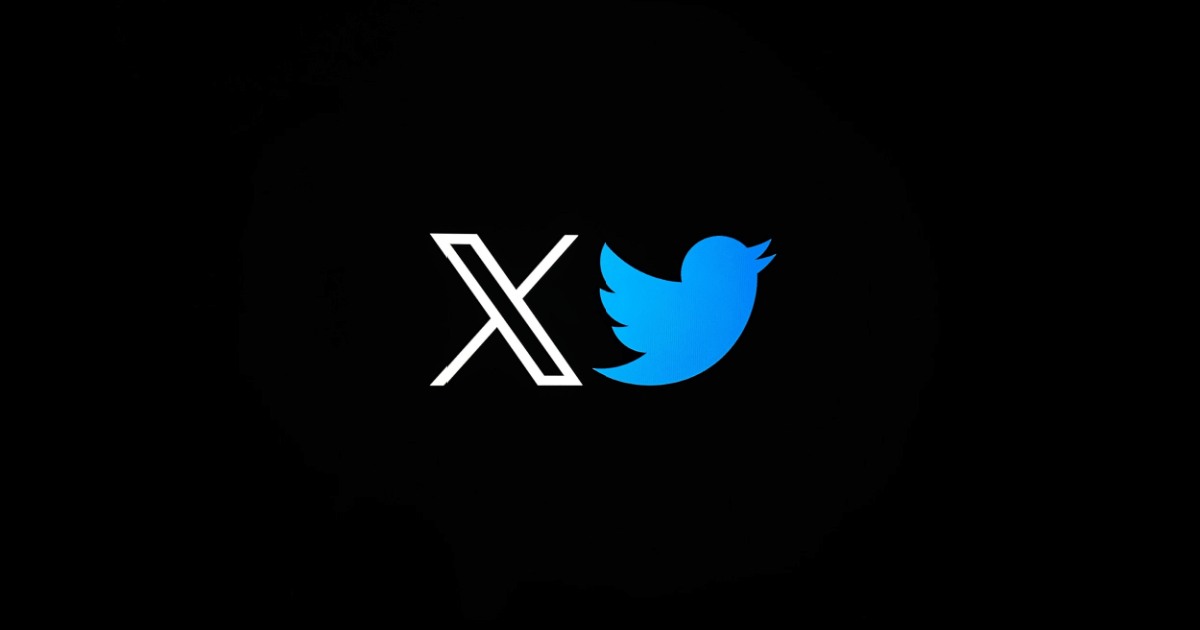Twitter reply automation has emerged as a significant tool for brands and users alike, enhancing the overall experience on the platform. For brands, automating replies can streamline customer engagement, allowing them to respond to inquiries, complaints, or comments quickly and efficiently. This speed is crucial in today’s fast-paced digital landscape, where users expect immediate responses. By implementing automated replies, brands can ensure that they are consistently engaging with their audience, maintaining a positive brand image, and improving customer satisfaction. This technology allows businesses to manage high volumes of interactions without sacrificing quality, thus freeing up valuable time for human agents to tackle more complex issues that require a personal touch. Moreover, automation can help brands personalize interactions through tailored responses. Many automation tools allow businesses to customize replies based on specific keywords or phrases. This level of personalization enhances the user experience, making customers feel acknowledged and valued, even if the initial interaction is automated.

Furthermore, automated replies can also include links to resources, FAQs, or product information, directing users to more comprehensive support while alleviating the need for them to wait for a human response. This not only optimizes user experience but also drives traffic to the brand’s website or social media pages, fostering further engagement. For users, Twitter reply automation presents several benefits as well. The instant responses provided by automated systems can significantly reduce wait times, allowing users to get the information they need without delay. This is particularly valuable during peak hours when brands might struggle to respond promptly to every inquiry. Users appreciate quick access to information, especially regarding time-sensitive issues such as customer service or product availability. Automated replies can efficiently address frequently asked questions, ensuring that users receive consistent and accurate information, thus enhancing trust in the brand. Additionally, users benefit from the clarity and precision that automation brings. Instead of sifting through numerous replies or trying to decipher a human response that may be unclear or inconsistent, automated replies can deliver concise and straightforward answers.
This clarity can lead to a better understanding of the brand’s offerings and policies, ultimately improving user satisfaction. On a broader scale, the use of automation in X AI Replies can also lead to more meaningful interactions between brands and users. With automated systems handling routine inquiries, brands can focus on fostering deeper connections with their audience through thoughtful, personalized communication. This can result in more engaged followers, a stronger community around the brand, and increased loyalty from customers who feel genuinely valued. In summary, Twitter reply automation serves as a powerful tool that benefits both brands and users. By streamlining communication, improving response times, and personalizing interactions, automation enhances customer satisfaction and fosters positive brand relationships. As brands continue to embrace technology, the synergy between automation and human engagement will likely lead to a richer, more engaging experience on the platform for everyone involved.

